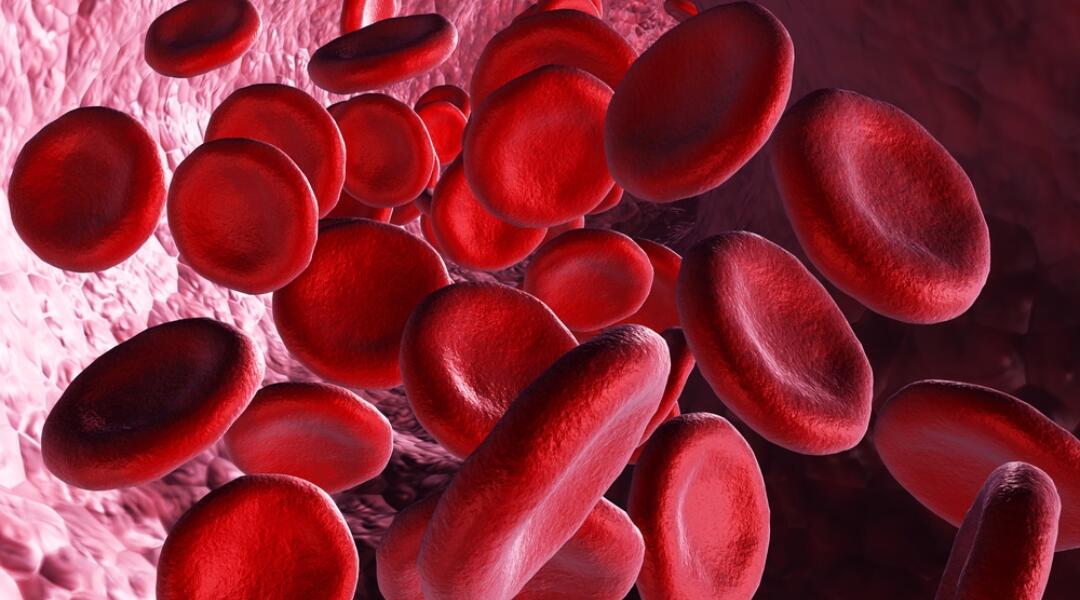Key points
- Safe and effective anticoagulation for stroke prevention in patients with non-valvular atrial fibrillation (NVAF) relies on balancing the benefits of blood clot prevention with the risks of bleeding.
- Clinical risk scores can help with the initial decision on whether to prescribe an anticoagulant for a patient or not.
- The CHA2DS2-VASc and HAS-BLED scores are well established for evaluating stroke risk for patients with atrial fibrillation (AF) and bleeding risk, respectively.
- Oral anticoagulation is recommended for patients with a CHA2DS2-VASc score of ≥ 2 (men) or ≥ 3 (women).
- A HAS-BLED score of ≥ 3 indicates a high risk of bleeding – regular review and treatment of modifiable bleeding risk factors is recommended for these patients, rather than avoidance of oral anticoagulation.
- Some patients may accept a higher risk of bleeding, knowing that they are avoiding a stroke.
Balancing stroke and bleeding risk
The four oral anticoagulants listed on the Pharmaceutical Benefits Scheme (PBS) are warfarin, and three non-vitamin K antagonist oral anticoagulants: apixaban (Eliquis), dabigatran (Pradaxa) and rivaroxaban (Xarelto).1-4
Of these, the non-vitamin K antagonists are Authority Required (Streamlined) for prevention of stroke or systemic embolism in a patient with non-valvular atrial fibrillation (NVAF) and one or more risk factors for developing stroke or systemic embolism.
Safe and effective treatment relies on balancing the benefits of blood clot prevention with the risks of bleeding – whichever anticoagulant is selected as the most appropriate medicine for an individual patient.
Clinical risk scores to stratify patients according to their stroke or bleeding risk can help with the initial decision on whether to prescribe an anticoagulant for a patient or not, and help identify modifiable risk factors for bleeding.5
A number of risk factors can be used to estimate stroke risk, several different bleeding risk scores have been developed, and stroke and bleeding risk factors can overlap.5
The CHA2DS2-VASc and HAS-BLED scores are well established for stroke risk in patients with AF and bleeding risk, respectively, and are recommended in current AF guidelines.5-7
Predicting stroke risk
Guidelines recommend the CHA2DS2-VASc score for the prediction of stroke risk in patients with NVAF (see Table 1).5-7
The CHA2DS2-VASc score was developed to overcome limitations of the simpler CHADS2 score, including the grouping together of patients with different levels of risk and underestimation of stroke risk.8 It has been validated in numerous AF populations.8
Using the CHA2DS2-VASc score:5-7
- Score ≥ 2 (men) or ≥ 3 (women) = Oral anticoagulation is recommended
- Score 1 (men) or 2 (women) = Oral anticoagulation can be considered, based on individual patient characteristics and preferences
- Score 0 (no clinical risk factors) = No anticoagulation (or antiplatelet medicine) is required.
When interpreting results, the relative weighting of individual risk factors and patient preferences should still be considered, especially in patients with only a single risk factor (besides female sex).5-7
For example, advancing age is associated with other stroke risk factors (such as heart failure), whereas female sex alone does not increase stroke risk in the absence of other risk factors.5,6
Note that, due to limited evidence, antiplatelet medicines are not recommend for stroke prevention in AF, irrespective of stroke risk.5
| Risk factor | Score |
|---|---|
| Congestive heart failure Signs/symptoms of heart failure or objective evidence of reduced left-ventricular ejection fraction |
1 |
| Hypertension Resting blood pressure > 140/90 mmHg on ≥ 2 occasions, or current antihypertensive treatment |
1 |
| Age ≥ 75 years | 2 |
Diabetes mellitus Fasting glucose > 7 mmol/L or treatment with oral hypoglycaemic agent and/or insulin | 1 |
| Previous stroke, transient ischaemic attack, or thromboembolism | 2 |
| Vascular disease Previous myocardial infarction, peripheral artery disease, or aortic plaque | 1 |
| Age 65–74 years | 1 |
| Sex category (female) | 1 |
NPS MedicineWise oral anticoagulation resources
Take a look at the Resources section of the Anticoagulants page for:
References
- Pharmaceutical Benefits Scheme. PBS Schedule. Warfarin. Canberra: Australian Government Department of Health 2020. (accessed 1 December 2020).
- Pharmaceutical Benefits Scheme. PBS Schedule. Rivaroxaban. Canberra: Australian Government Department of Health 2020 (accessed 1 December 2020).
- Pharmaceutical Benefits Scheme. PBS Schedule. Dabigatran. Canberra: Australian Government Department of Health 2020 (accessed 1 December 2020).
- Pharmaceutical Benefits Scheme. PBS Schedule. Apixaban. Canberra: Australian Government Department of Health 2020. (accessed 1 December 2020).
- Hindricks G, Potpara T, Dagres N, et al. ESC Scientific Document Group. 2020 ESC Guidelines for the diagnosis and management of atrial fibrillation developed in collaboration with the European Association of Cardio-Thoracic Surgery (EACTS). Eur Heart J. 2020 Aug 29:ehaa612. doi: 10.1093/eurheartj/ehaa612. Epub ahead of print. PMID: 32860505. (accessed 1 Dec 2020)
- National Institute for Health and Care Excellence. Clinical guideline [CG180]: Atrial fibrillation: management. London, England: National Institute for Health and Care Excellence, 2017 (accessed 1 December 2020.
- Atrial fibrillation [published 2018 March]. In: eTG complete [digital]. Melbourne: Therapeutic Guidelines Limited; 2020 August (accessed 1 December 2020).
- Lane DA, Lip GY. Use of the CHA(2)DS(2)-VASc and HAS-BLED scores to aid decision making for thromboprophylaxis in nonvalvular atrial fibrillation. Circulation 2012;126:860-5.
- Mylan Health Pty Ltd. Warfarin (Coumadin) product information. 2017 (accessed 1 December 2020).
- Mylan Health Pty Ltd. Warfarin (Marevan) product information. 2017 (accessed 1 December 2020).
- Bayer Australia Ltd. Rivaroxaban (Xarelto) consumer medicine information (accessed 25 October 2017).
- Boehringer Ingelheim Pty Limited. Dabigatran etexilate (Pradaxa) consumer medicine information (accessed 25 October 2017).
- Bristol-Myers Squibb Australia Pty Ltd. Apixaban (Eliquis) consumer medicine information (accessed 25 October 2017).

